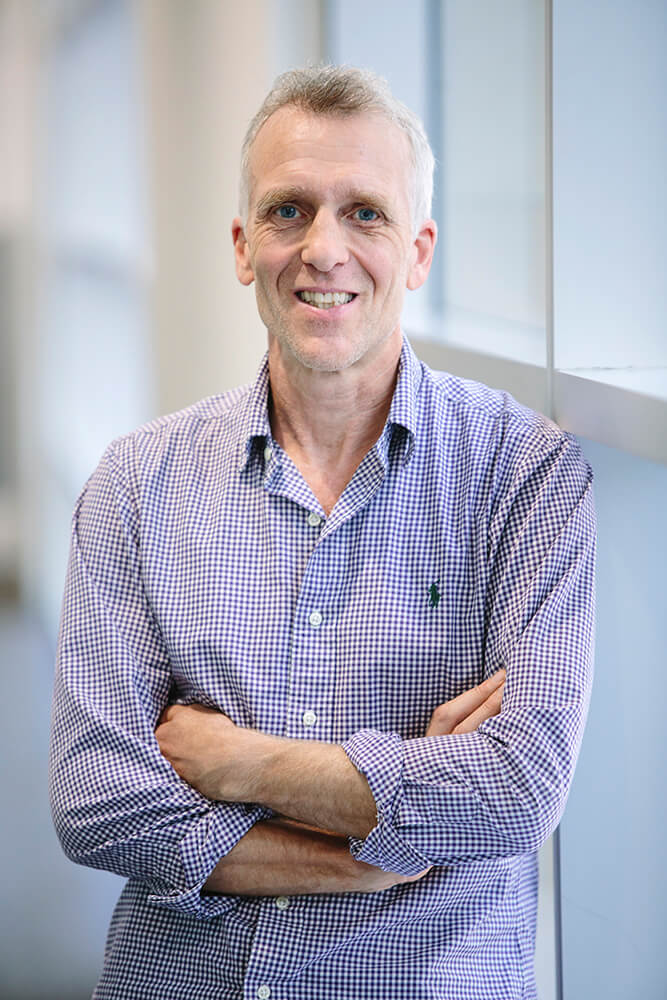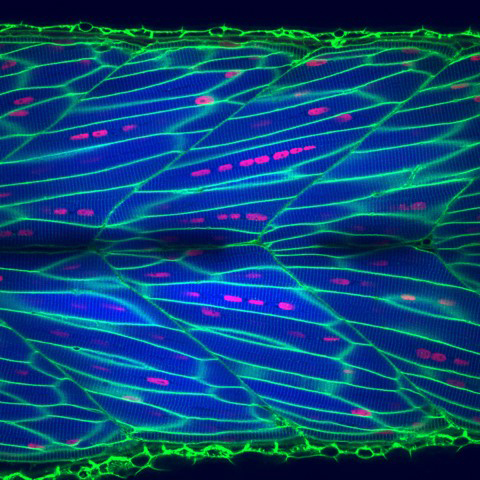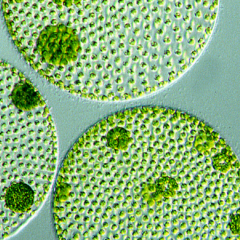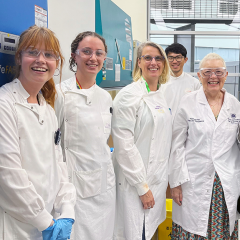With broad-spectrum treatments such as chemotherapy causing significant side effects, University of Queensland researchers aim to better understand how therapeutics can be delivered to target cells in the body.
Professor Rob Parton’s research at UQ’s Institute for Molecular Bioscience (IMB) involves understanding how medicines move from the bloodstream into tissue and then into specific parts of target cells.

‘’This understanding will help to harness the pathways to deliver precision therapeutics,’’ Professor Parton said.
‘’If we understand how cells work – and what goes wrong in diseased cells – it will open doors for all diseases, both with potential treatments using targeted medicines and delivery of vaccines,’’ he said.
He is the recipient of a prestigious Australian Research Council (ARC) Australian Laureate Fellowship – one of only ten awarded nationally and one of two for UQ.
New funding as part of the fellowship will enable Professor Parton to study different types of cells in their natural environment using state-of-the-art microscopes at IMB and UQ’s Centre for Microscopy and Microanalysis, where he is Deputy Director.
It also involves collaborating with researchers in five other countries.
Tracking nanoparticles through the body
He will also share his research widely, using virtual reality to let people explore the surface of a cell and track how nanoparticles interact with it.
Professor Parton will track nanoparticles, so small they are undetectable by the human eye yet capable of carrying medicines, to see how they are carried around the body.
Nanoparticles can precisely target diseased cells in people with cancer and muscular dystrophy, without delivering medicines to healthy cells – therefore avoiding side effects.
‘’Nanoparticle delivery systems hold great potential but are hindered because they have to cross several barriers,’’ Professor Parton said.
‘’It is no exaggeration to say that millions of dollars and scientist hours are spent on development of these systems every year and yet we have limited understanding of how a nanoparticle reaches its target.’’

Professor Parton said one of the main challenges is the endothelium, a layer of cells that forms a barrier and controls the flow of substances in and out of a tissue.
Once nanoparticles cross this barrier, they need to be taken up and be brought into specific parts of cells inside the tissue.
‘’The barriers are important, stopping unwanted things getting into the cell while allowing nutrients and signals to penetrate,’’ Professor Parton said.
‘’The Laureate will enable us to uncover key mechanisms in different cell types that enable a nanoparticle to be tailored to cross that specific barrier and pass into a specific diseased cell.’’
Importantly, Professor Parton’s research team will gain an understanding of cell functions in real time – and using cells in their natural environment, rather than in a 2D laboratory dish.
The research will also enable advances to the Caveosphere system, a tool the team developed at IMB to understand how nanoparticles can be engineered to reach their target within the cell.



